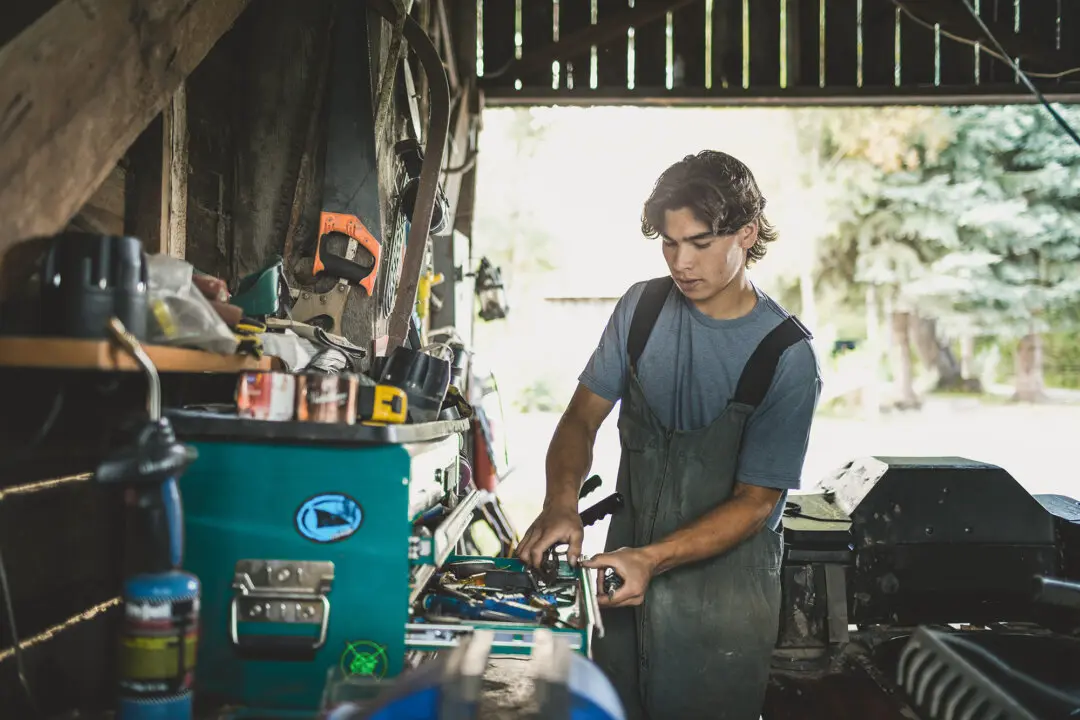Getting your home ready for summer is about much more than reinstalling the window screens and putting out the patio furniture. Happily, it doesn’t take all that much effort or skill to get your house ready for the coming 90-plus-degree days.

If you haven’t done so already, turn on your air conditioning system. If there’s a problem, it’s better to find out sooner than later. Andrea Davis/Unsplash





